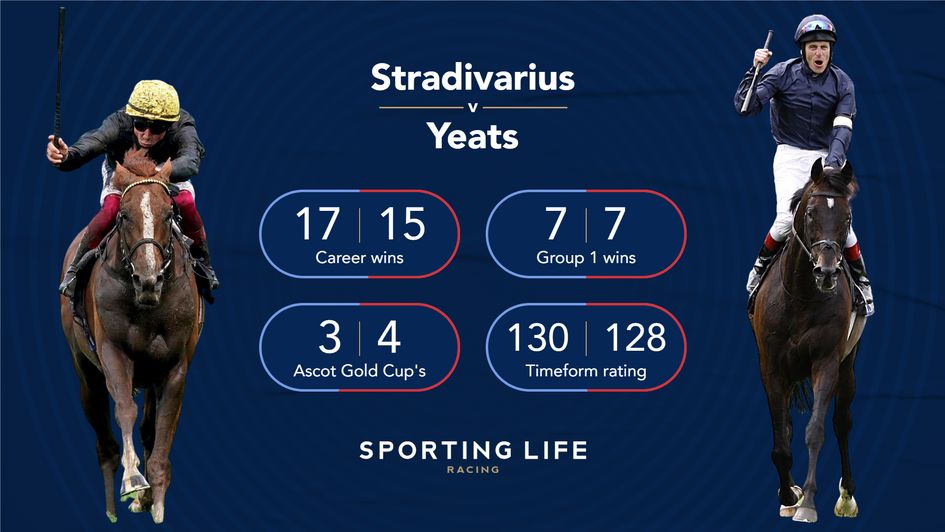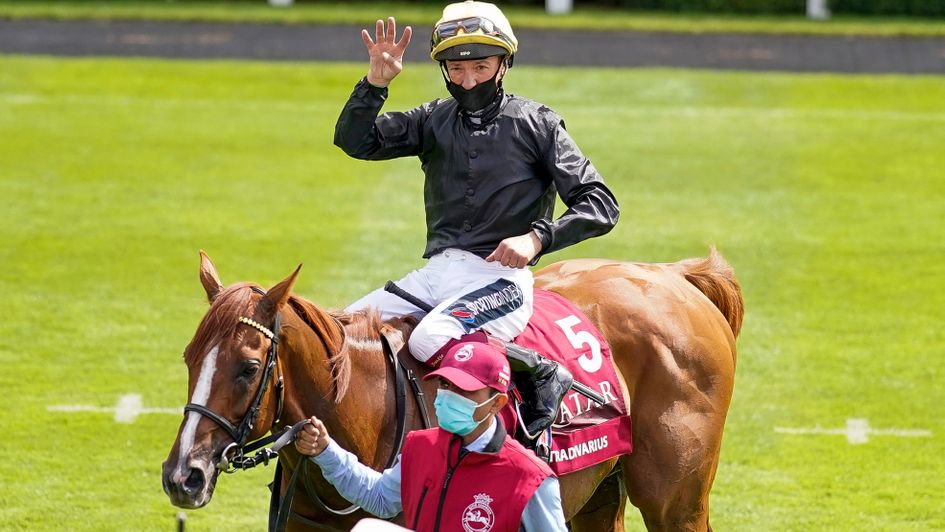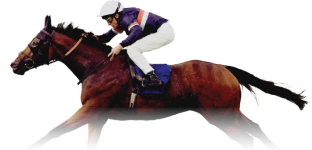Donn McClean sets the scene for Stradivarius' bid for history as he compares the careers of John Gosden's horse with that of four-time Gold Cup legend, Yeats.
STRADIVARIUS V YEATS

We have been here before. Twelve years ago, Yeats went to Ascot, three Gold Cups already in the bag – the equal of Sagaro – to bid for history and for sole possession. The Gold Cup was just over 200 years old at the time, and no horse had ever won it four times.
It wasn’t a given. An SP of 6/4 tells you that the market thought that Aidan O’Brien’s horse was more likely to lose than to win. In his prep run for the Gold Cup, his only prior run in the 2009 season, he had trailed in sixth in the Listed Vintage Crop Stakes at Navan, over 30 lengths behind Alandi.
On 18th June 2009, Yeats had Patkai and Geordieland and history to beat. As well as the fact that no horse had ever won the Gold Cup four times, Yeats was eight in 2009, and no eight-year-old had won the stayers’ Blue Riband in over a hundred years.
And there were moments of uncertainty as the race developed. When Yeats moved up on the outside of Veracity on the run to the home turn, Johnny Murtagh was more animated on the outside than Frankie Dettori was on the inside, as Ryan Moore and Shane Kelly sat motionless on Patkai and Geordieland respectively in behind.
But that was Yeats’ way. The further they went and the tougher it got, the deeper he dug. Yeats had kicked into a four-length lead by the time they straightened up for home and, even though it appeared that Patkai and Geordieland were travelling better at that point, you always knew that they were going to have to break the pain barrier if they were going to catch up. Patkai closed to within two and a half lengths by the time they got to the furlong marker, but that was as close as he got. The deeper they moved into the final furlong, the more distance Yeats put between himself and his pursuer. At the line, he had three and a half lengths in hand, and history in the bag.
The similarities between Stradivarius and Yeats are obvious, but there are also differences. For starters, Yeats was impressive in winning on his only run as a juvenile – a one-mile maiden at The Curragh – whereas Stradivarius was beaten in his first two runs before getting home by a head in a Class 5 contest at Newcastle in his third. Yeats won the Ballysax Stakes and the Derrinstown as a three-year-old, and was favourite for the Derby before injury ruled him out. Stradivarius was never a Derby contender. He ran in a 12-furlong handicap at Chester’s May meeting as a three-year-old, not in the Dee Stakes or the Chester Vase.
The step up in trip was the thing for Stradivarius. He won the Queen’s Vase at Royal Ascot in 2017, the first one-mile-six-furlong Queen’s Vase, before going on to win the Goodwood Cup over two miles, the first three-year-old to win the race in 27 years. Then he ran in the St Leger, one of the hottest St Legers run in years, and he finished a close-up third behind the Irish Derby winner Capri and the future Prince of Wales’s Stakes winner Crystal Ocean, with the future Melbourne Cup winner Rekindling back in fourth.
Click here for today's Ascot Gold Cup racecard, free video form & live odds
Yeats didn’t race again as a three-year-old, but he won the Coronation Cup as a four-year-old. He was beaten in the Irish St Leger the following September, in his first foray beyond a mile and a half, and he was beaten in the Canadian International later that year, so it was a bold move by connections to allow him take his chance in the Gold Cup in 2006, on his seasonal debut, given that he had never won at a distance in excess of a mile and a half. Strange now looking back on it, but the main worry about Yeats before his first Gold Cup centred on his stamina for the two-and-a-half-mile trip.
There were no such concerns about Stradivarius before his first. Winner of the Yorkshire Cup on his seasonal return in 2018, John (and now Thady) Gosden’s horse was sent off as 7/4 joint favourite for the Gold Cup that year, and he stayed on strongly to get home by three parts of a length from Vazirabad.
The primary objective for Bjorn Nielsen’s horse after that was not two or three more Gold Cups, it was the Weatherbys Hamilton Stayers’ Million bonus, a more immediate and more lucrative objective, even if its roots were not so deeply embedded in history. He duly won the Goodwood Cup and the Lonsdale Cup and collected the bonus, and he added the British Champions Long Distance Cup for good measure.
Indeed, Stradivarius wasn’t beaten in 10 runs between the Yorkshire Cup in May 2018 and the Doncaster Cup in September 2019. It was only in his final run in 2019 – a second Gold Cup in the bag by then – in the Long Distance Cup back at Ascot on soft ground in October, that he succumbed, going down by a nose to Kew Gardens in a thriller.
Yeats was beaten just once between the Vintage Crop Stakes in April 2007 and the Goodwood Cup in July 2008. In that period, he won his second Gold Cup – for which he was sent off an odds-on shot, no stamina worries any more – and his third Gold Cup, thereby emulating Sagaro, the only other horse to have won the race three times.
It is some achievement, three Gold Cups. Le Moss was a top-class stayer, and he won the Gold Cup just twice. Ardross likewise. Before Yeats, in 200 years of Gold Cups, only Sagaro had won it three times.
You need a special mix of elements in order to get to this point. You need a special racehorse of course. You need pace, and you need a depth of stamina that has no floor. You need a trainer who can put it all together. You need soundness of limb and of mind, a toughness that would walk through walls, an attitude that never relents. You need longevity.
It is not easy to dominate a Group 1 race to the extent that Yeats and Stradivarius have dominated the Gold Cup. And the fact that it is the Gold Cup, a Group 1 race over two and a half miles, makes their achievements all the more remarkable.
In Yeats’ racing career, he raced 26 times, covering a total of 48 miles and half a furlong. Stradivarius has raced 27 times to date, and he has already raced over 48 miles and two and a half furlongs. To put that into context, Battaash has raced 24 times, covering just 15 miles and one furlong.
When Yeats won his fourth, you thought that it was a feat that might not be equalled for another couple of lifetimes. And yet, here we are, just 12 years later, on the cusp.
For more from Donn please visit www.donnmcclean.com











